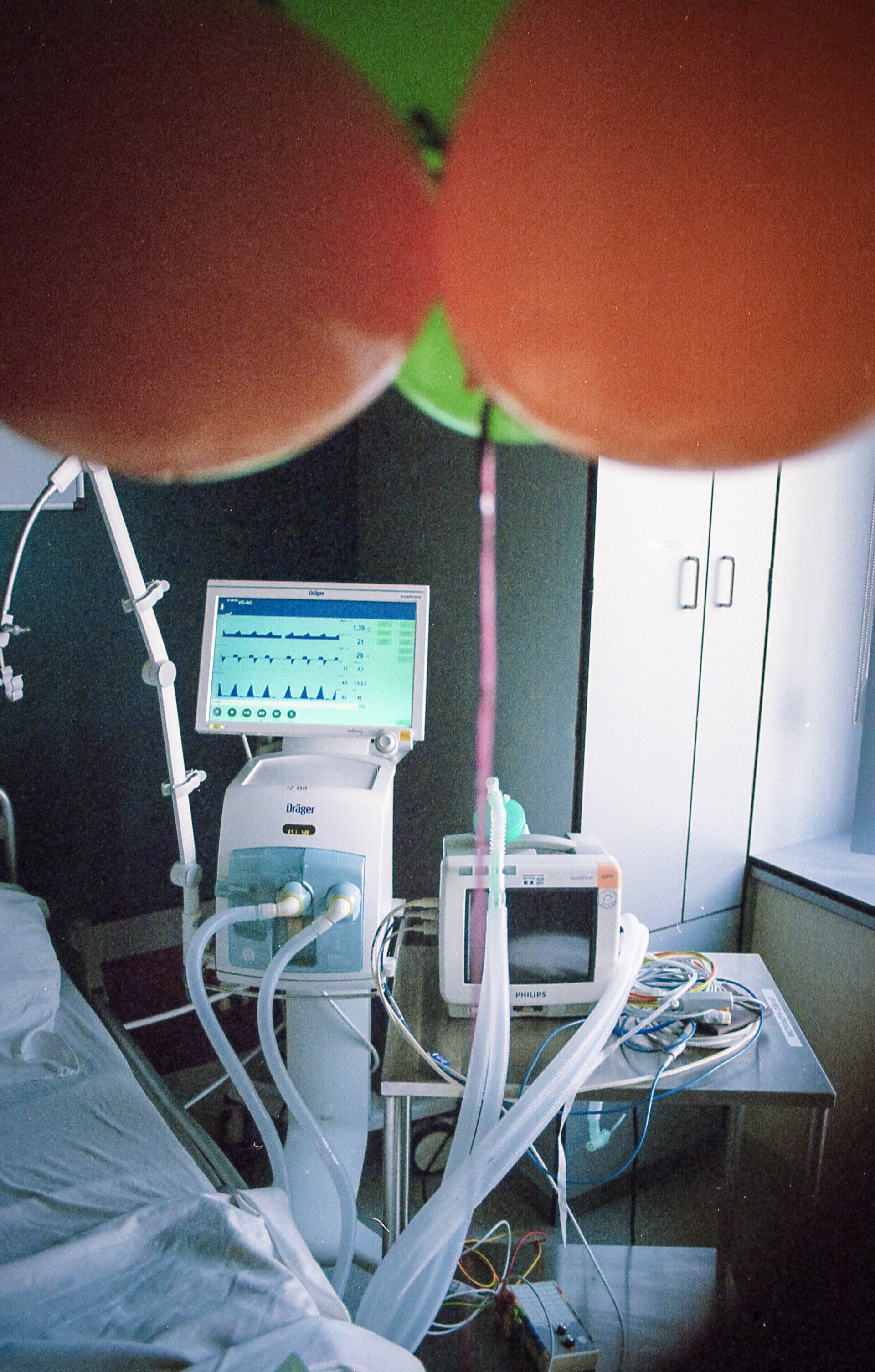Medical schemes cover in uncharted territory.
The unknown truth about medical scheme cover
Actuaries at South Africa’s large open medical schemes
cover find themselves in uncharted territory. As they set about forecasting members’ benefits utilisation for 2022 and beyond. The data gathered over the decade ending 2019 has been rendered practically obsolete due to the significant shifts in medical schemes’ claims patterns coinciding with lockdown levels and successive waves of Covid-19 infection. To further complicate matters, a detailed assessment of
Momentum Medical Scheme (MMS) 2020 and year-to-date 2021 statistics. This shows little evidence of the expected rebound of hospital admissions to pre-lockdown levels.
“From a purely financial perspective, the medical schemes industry has experienced 2020 quite positively,” opined
Damian McHugh, Marketing Executive at Momentum Health. “The question we are asking today is what the past 18 months mean for our healthcare and medical schemes ‘picture’ in 2022 and beyond”.
McHugh, who was presenting during a Momentum Health Solutions financial update webinar, held 21 July 2021. He spent an hour unpacking the impact of pandemic on the scheme’s finances before illustrating how difficult it was for schemes to set risk-appropriate contribution levels without reliable trend data. More on the pricing challenges in a moment, first we reflect on MMS’ financial health.
Four measures of a medical scheme’s cover health
McHugh unpacked the
financial health of the domestic medical schemes cover environment. By comparing four important metrics across eight leading open medical schemes. These metrics include growth in membership; the average age of a scheme’s beneficiaries; claims ratios; and solvency. We will briefly consider the industry’s ‘state of play’ under each heading.
Growth.
The membership of most medical schemes, whether open or closed, contracted between 2019 and 2020. This type of decline is expected during periods of financial crisis, which the pandemic turned into. MMS saw its total membership reduce slightly. From 156723 members to 152228, though the count was negatively impacted due to international students being unable to continue with their studies during lockdown.
McHugh said if this effect was stripped out, the scheme actually grew by about 1100 members. Bestmed was the only other ‘top eight’ open scheme to show slight membership growth from 2019 to 2020. An interesting anecdote is that the fear of pandemic caused many members to hold onto their medical insurances despite financial hardship. Analysts had expected a higher rate of scheme membership attrition, given financial constraints.
Beneficiary age.
The average age of an MMS beneficiary has increased by a mere 0.6 years over the past eight years, to 33.7 years. “We have kept our age band very flat over the entire period; but the increase in average age at other open schemes has, in some cases, been quite pronounced,” said McHugh. Medical schemes strive for a lower average age because a younger, healthier scheme delivers a better claims experience. In the current year as well as into the future, all else being equal.
Claims ratio.
Open medical schemes have experienced a sharp drop-off in their claims ratios. Which is a measure of the total claims paid against all member contributions received by the scheme. By way of example, MMS saw its claims ratio improve from 84% in 2019 to just 72% in 2020. McHugh explained that the pandemic was handled in such a way that the cost of Covid-19 admissions and treatments. This was more than offset by the change in utilisation of other in- and out-of-hospital benefits. The claims expenses incurred by most medical schemes during 2020 were thus nowhere near their 2019 levels.
Solvency.
“Medical schemes are in a stronger financial position [due to material improvements in solvency]. This may be in a position not to put through big contribution increases going into 2022,” said McHugh. The MMS solvency ratio improved from 25.9% to 39.6% while large open schemes saw an average 30% improvement in this measure. (Schemes are required by law to hold reserves totalling 25% of their total annual premium). Short-term improvements in capital reserves, although a welcome development, cannot be viewed in isolation. McHugh warned that some of this solvency may be used up as the full cost of Covid-19 filters through the system over 2021-2023. It is also likely that reserves will be depleted as schemes catch-up with medical procedures that were delayed over the last 18 months.
Swings and roundabouts
Nothing illustrates the impact of pandemic-linked lockdown on South Africa better than a month-by-month review of medical scheme expenses. McHugh did a great job explaining the difficulties facing medical scheme actuaries in deciding contribution increases… The data available for their 2021 pricing decision, which was made around September 2020, included a January and February at similar levels to 2019 and an April to August that totally broke from established benefit utilisation trends. The hard lockdown saw medical scheme claims ...






